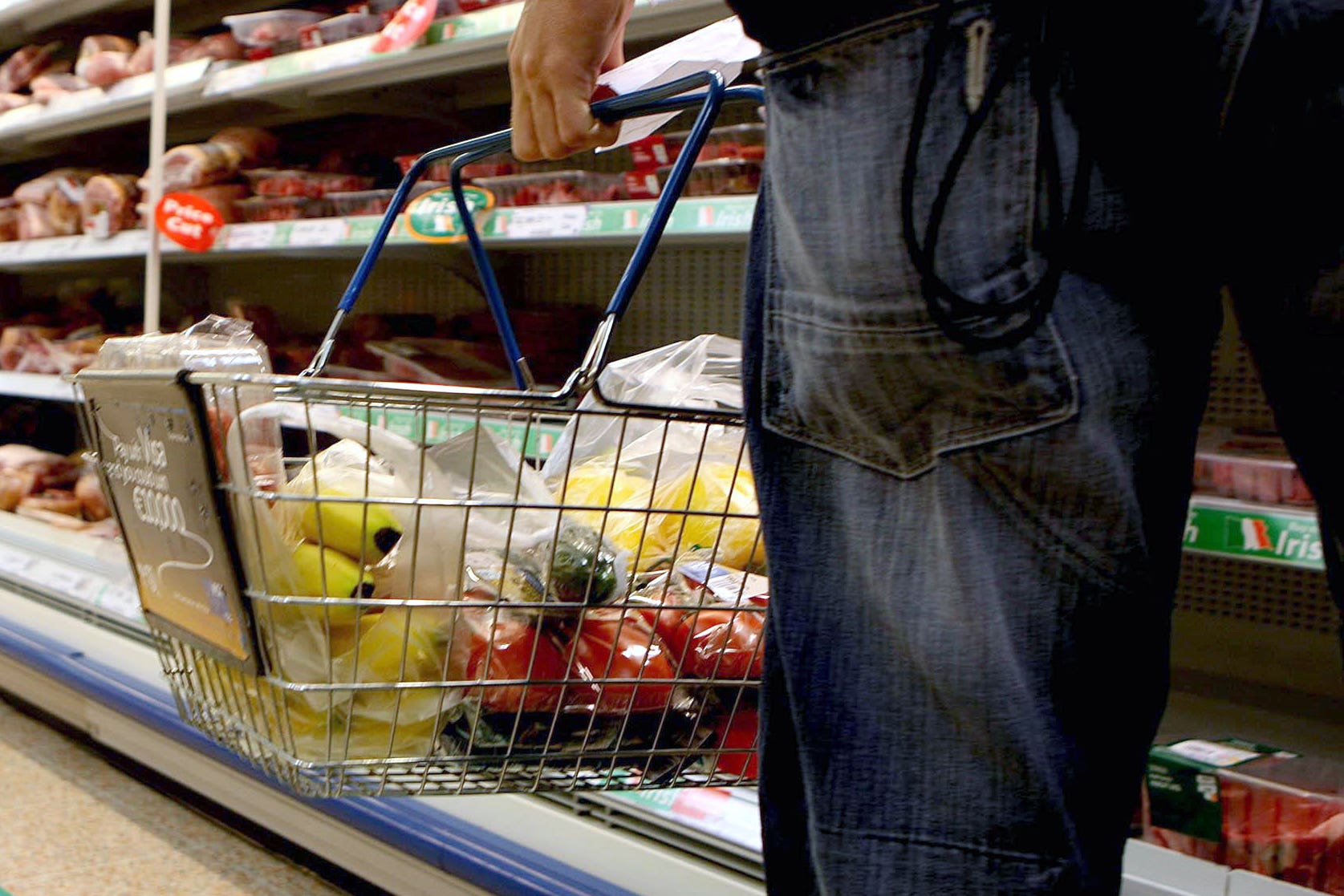Food inflation remains stubbornly high at 16.5% as costs spiral
Grocery inflation dropped to 16.5% for the four weeks to June 11, down from last month’s 17.2% and March’s record 17.5%, according to analysts Kantar

Your support helps us to tell the story
From reproductive rights to climate change to Big Tech, The Independent is on the ground when the story is developing. Whether it's investigating the financials of Elon Musk's pro-Trump PAC or producing our latest documentary, 'The A Word', which shines a light on the American women fighting for reproductive rights, we know how important it is to parse out the facts from the messaging.
At such a critical moment in US history, we need reporters on the ground. Your donation allows us to keep sending journalists to speak to both sides of the story.
The Independent is trusted by Americans across the entire political spectrum. And unlike many other quality news outlets, we choose not to lock Americans out of our reporting and analysis with paywalls. We believe quality journalism should be available to everyone, paid for by those who can afford it.
Your support makes all the difference.Grocery price inflation has fallen to its lowest monthly rate this year – but remains at its sixth highest level since 2008, figures show.
It dropped to 16.5% for the four weeks to June 11, down from last month’s 17.2% and March’s record 17.5%, according to analysts Kantar. It is currently at its lowest level since last year, but is still the sixth highest monthly figure since 2008.
Fraser McKevitt, head of retail and consumer insight at Kantar, said: “This is the lowest rate of grocery price inflation we’ve seen in 2023, which will be a relief to shoppers and retailers.
“But prices rising at 16.5% isn’t something to celebrate and it’s still the sixth highest monthly figure in the past 15 years.
“Price rises are now being compared to the increasing rate of grocery inflation seen last summer, which means that it should continue to fall in the coming months, a welcome result for everyone.”
The figures come as a survey for Kantar found that of consumers’ top five financial worries, rising grocery prices is the only one that they are more concerned about now than at the start of this year.
Almost 70% of households are either “extremely” or “very worried” about food and drink inflation, compared to just over two thirds when asked the same question in January.
It narrowly remains the second most significant concern behind rising energy bills.
Consumers have been attempting to swerve the full force of price increases by switching to cheaper own label lines, with sales up 41% compared to last year, and changing how they eat and cook, Kantar said.
Mr McKevitt added: “People are thinking more and more about what they eat and how they cook as the cost-of-living crisis takes its toll on traditional behaviours.
“The most prominent change we’ve seen is that people are preparing simpler dishes with fewer ingredients. Our data shows that the public are turning away from their oven and increasingly using microwaves, which reflects the shift to simpler cooking.”
There were 4% fewer meals made using an oven according to Kantar’s most recent 12-week data compared to the same period last year, while microwaved meals rose by 8%, and Mr McKevitt noted a rise in food prepared with toasters and grills.
Meanwhile, the proportion of products sold for £1, the single most popular price for a grocery item, had almost halved in a year from 9% to 5%.
Mr McKevitt said: “Traditionally, ‘round-pound’ prices have been attractive to shoppers, who find them easier to relate to and practical as well with no leftover change.
“But, with retailers eager to offer value and cash buying less popular, £1.25 has emerged as an increasingly important price point. It now vies with £2 as the second most popular price for a grocery item.”
Once again, consumers are not letting cost-of-living concerns prevent treat buying, with sales of ice cream and mineral water up by 25% and 8% respectively last month – despite prices up 20% and 17% on last year.
Barbecue food has also seen significant price increases, with fresh sausage prices up 16% and fresh burgers 13% more expensive.
Aldi was the fastest growing retailer for the quarter, seeing sales rise by 24.6% to a record market share of 10.2%.
Lidl’s sales growth was only slightly behind its fellow discounter, increasing sales by 23.2% to take 7.7% of the market.


